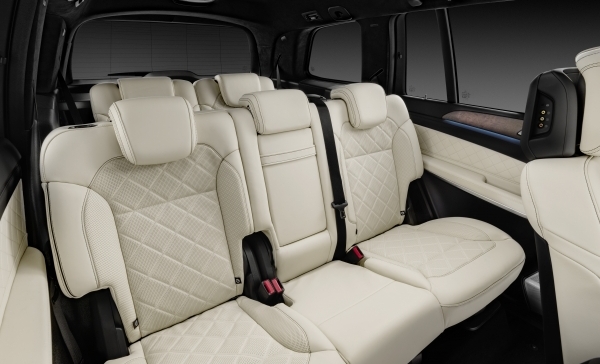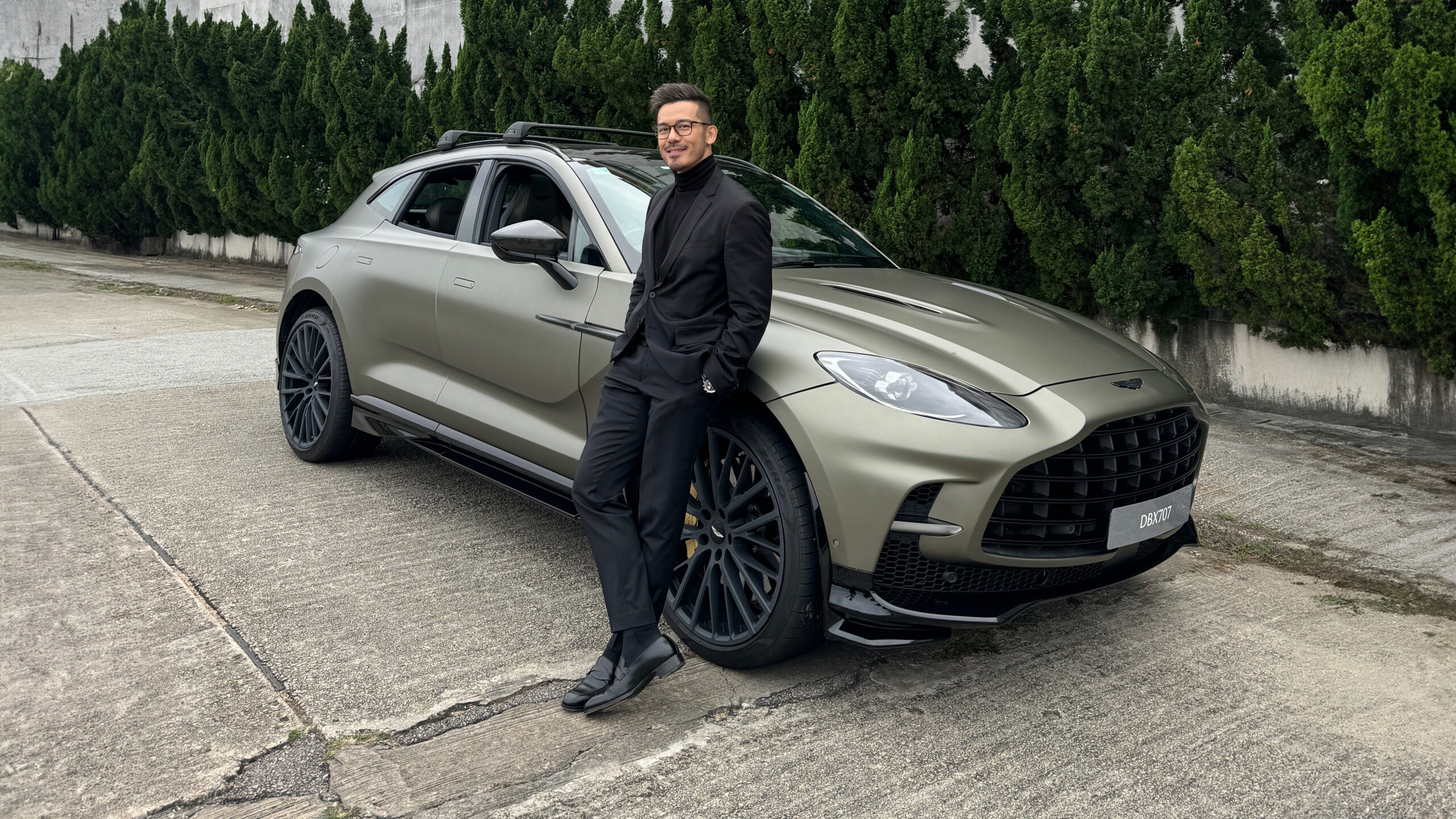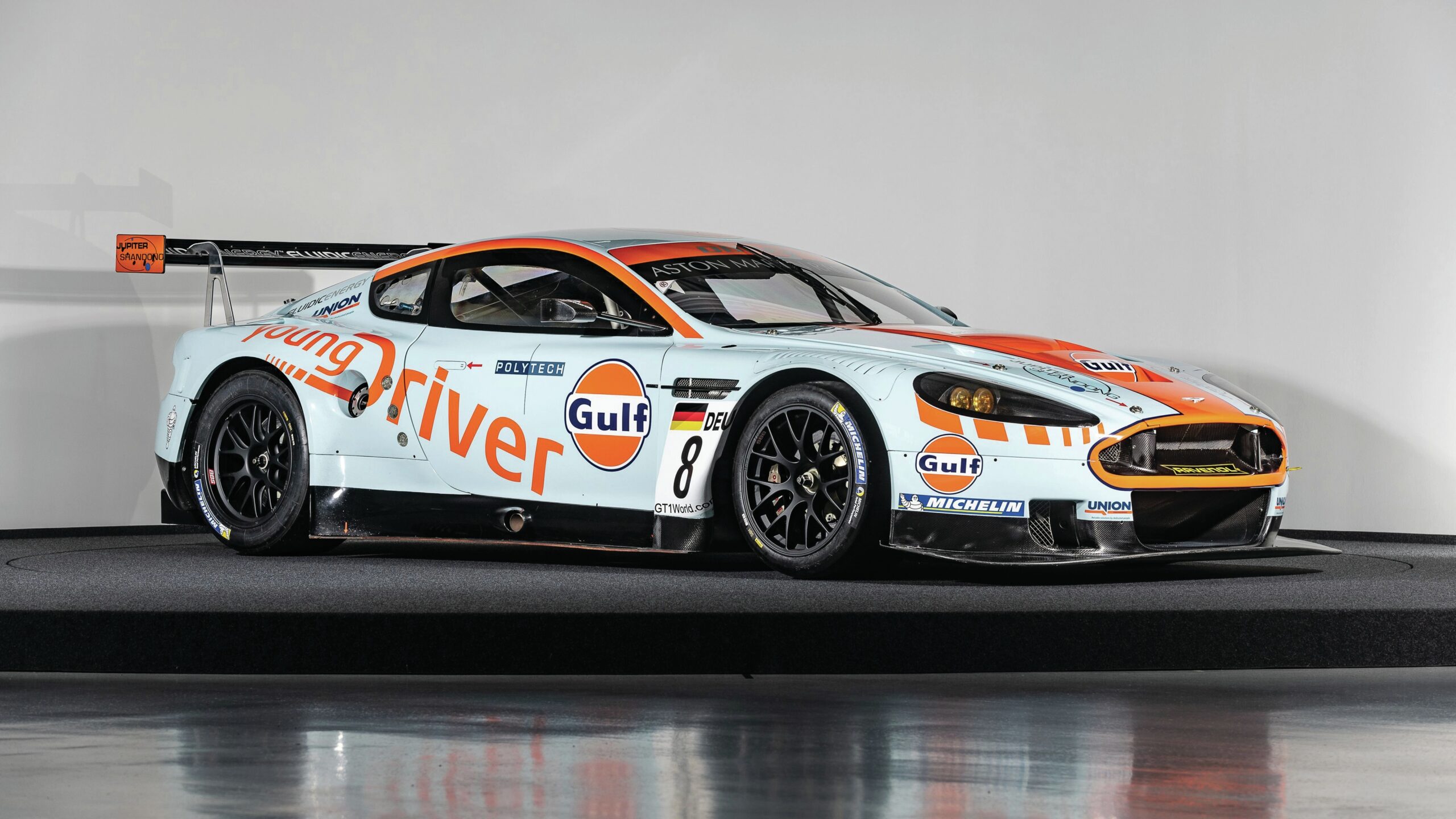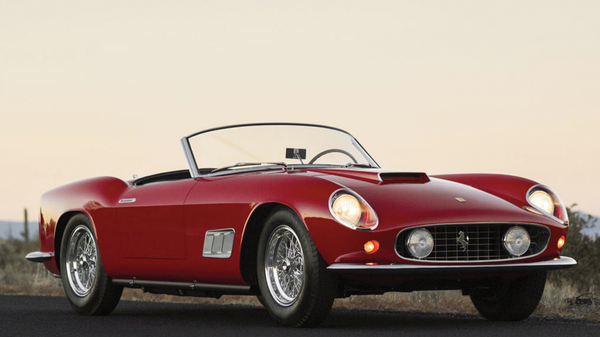
Gafencu’s guide to choosing the sweetest seven-seater

Nowadays, it seems that two rows of seats no longer suffice. It could be the move towards bigger broods or perhaps an increased reluctance to expire on the part of the more doddery outposts of the extended family. It could even be that many now crave to put more space between themselves and the PlayStationing bings and bongs that now inevitably emanate from rear seats.
There are, of course, numerous “people movers” offering, at least, treble rows. The downside is that they’re all too often little more than re-styled delivery vans, with added windows and marginally less industrial interiors.
For those motorists who find themselves with both a large family and a desire to keep their self-respect intact, there are, thankfully, a few other options available. In fact, many SUV off-road cars are also available in a three-pew configuration.
The Mercedes Benz GLS 550, the Audi Q7 and the Lexus LX570, for instance, all offer seven or more seats. While each of them has enough badge-cred to impress at the school gates, which one is best?

Looks
The first and most important job of any luxury seven-seater is not to look like a non-luxury seven seater. In this department, the Mercedes leaves observers in no doubt that it’s not a van. Combined with the car’s enormous overall scale and chiselled bodywork, the Merc has all the road presence required for intimidating other road users. Presence, but perhaps not beauty.
The Audi fares rather better in the looks department. Where the GLS is all straight lines and sharp angles, the Q7’s bodywork takes a softer, more rounded approach. If the Q7’s shared heritage is noticeable to the discerning, the Lexus LX570’s roots are blatantly obvious to all. The model is based heavily on Toyota’s wilderness-conquering Land Cruiser. The Lexus stylists seem to have invested little or no effort into disguising that fact, merely slapping on the corporate radiator grille and a few logos.
While all three cars are big, the Lexus is vast. It wears its size well though. The LX570 looks like it’d be equally at home parked outside a downtown pedicurist or a mud hut half way up Mount Kilimanjaro.

Luxury
Naturally, the first test for any car competing in the seven-seater category is the comfort offered by the third row. The GLS creates a good impression right off the bat with its nifty power operated seats. Raising or lowering the GLS’s back seats is relatively straightforward. With a gentle prod of a pleasingly chunky button, electric motors do all the hard work. In terms of size, though, these part-time pews are big enough to comfortably seat two adults, even over long-ish distances.
This level of pampering is typical inside the Benz. The driver is almost overloaded with luxury toys, while confronted by an intimidating phalanx of buttons.
Although restrained, the Q7 – the biggest of the Audis – feels far from austere. While the driver is faced with more or less as many buttons and switches as with the Benz, their arrangement across the broad, swooping dash seems less crowded and easier to comprehend. As with the Merc, there’s a similar power-operated folding mechanism. The Audi’s part time seats are, however, a little smaller, resulting in a cramped feeling for adults.
The third row of seating is where the Lexus LX570 plays its trump card. It can not only match the power-actuated convenience of the German cars, but it also beats them hands down by having a rear pew fit for three, taking its total seating capacity to eight. Although nicely put together and undoubtedly luxurious, it’s hard to escape the feeling that this is luxury as an afterthought, rather than being intrinsic to the vehicle.

Driving
In its 550 guise, the Mercedes GLS’ not-so-secret weapon is its horsepower. The 4.7 litre twin turbo V8 produces an entirely unnecessary 450 horsepower, enough to propel the car to 60 mph in a genuinely fast 5.3 seconds. All that force is transmitted to the four-wheel drive system via an automatic gearbox, which boasts nine forward gears.
Predictably, for so large a car, the steering is incommunicative and the feel through the brake pedal is dull. Attempting to drive the Q7 hard, though, reveals a surprise – it’s not that bad. It stays reasonably flat under heavy breaking and doesn’t produce too much body roll under cornering. Despite the Audi’s 3.0 litre supercharged V6 producing 333 horsepower it’s only a blink slower to 60 than the Merc – 5.5 seconds. Fuel economy is better too, consuming 10.7 litres per 100km to the Benz’s 11.3. The Lexus is bigger than the other two and feels it. Even with the biggest engine its 383 horsepower 5.6 litre V8 can only manage the sprint to 60 in 7.2 seconds. Piloting the LS 570, with its tremendous size and eight seats, is very much like driving a bus. Control inputs result in lazy outcomes on the road, while any attempt at high-speed manoeuvring results in alarming pitch and roll angles.

Gafencu’s Choice
While impressive, the Mercedes is hard to love. It’s too obvious, the interior lacks cohesion and the driving experience is disappointing. The Lexus is only really a choice for those who plan to do some proper off-road work but don’t want the military feel of a Land Rover Defender or the Toyota on which the LX 570 is based. Or for those who really do need that extra eighth seat.
The best all-rounder and Gafencu’s choice – despite its slightly smaller rear seats – is the Q7. It’s the nicest to look at inside and out, as well as being the most car-like to drive.







